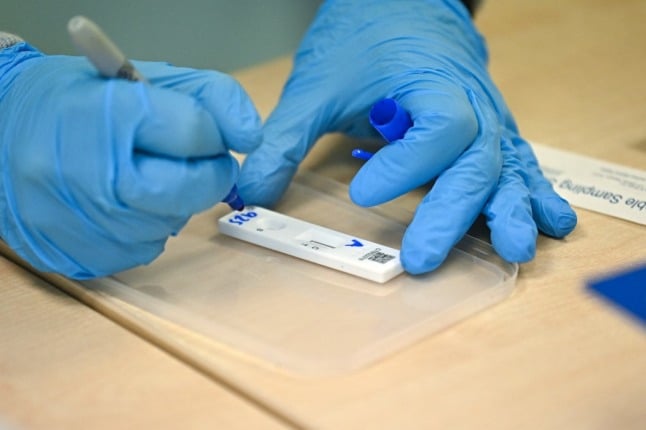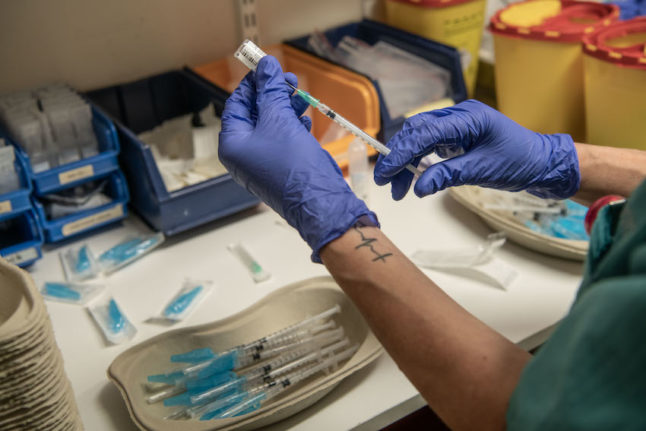An R-number of one means infections remain at a stable level; this means for every ten people with Covid-19, they, on average, will infect another ten people, meaning the epidemic stays at a steady level.
The previous R-number was 0.7, which meant the virus was receding in Norway.
There was a decrease of almost 20 percent in the number of reported cases last week compared to the week before, with the exception of the week beginning May 3rd cases have fallen every week since mid-March which was the peak of Norway’s third coronavirus wave.
According to the report, the number of reported cases fell or remained stable in every county in Norway bar Innlandet and Trøndelag.
Since the peak of the third wave, the number of positive tests being returned has fallen by more than two thirds.
For the first time since Covid-19 was first recorded in Norway, a county other than Oslo has the most infections per 100,000 residents. Vestfold and Telemark currently have the highest infection rates per 100,000 in Norway. Vestfold and Telemark recorded 240 cases per 100,000 cases.
READ ALSO: Oslo to increase the interval between Covid-19 vaccines.
Hospital admissions also decreased last week. Some 60 people were admitted to hospital last week, compared to 70 two weeks ago. Deaths have also steadily declined since the beginning of April. However, one more person died compared to two weeks ago.
The B117 strain of Covid-19, which was first detected in the United Kingdom, remains the dominant strain in Norway. Approximately 93 percent of all cases are of the B117 variant.
The B1351 coronavirus variant, which originated in South Africa, only accounts for 0.2% percent of cases meaning the chain of infection for this virus variant may have been broken in Norway.



 Please whitelist us to continue reading.
Please whitelist us to continue reading.
Member comments